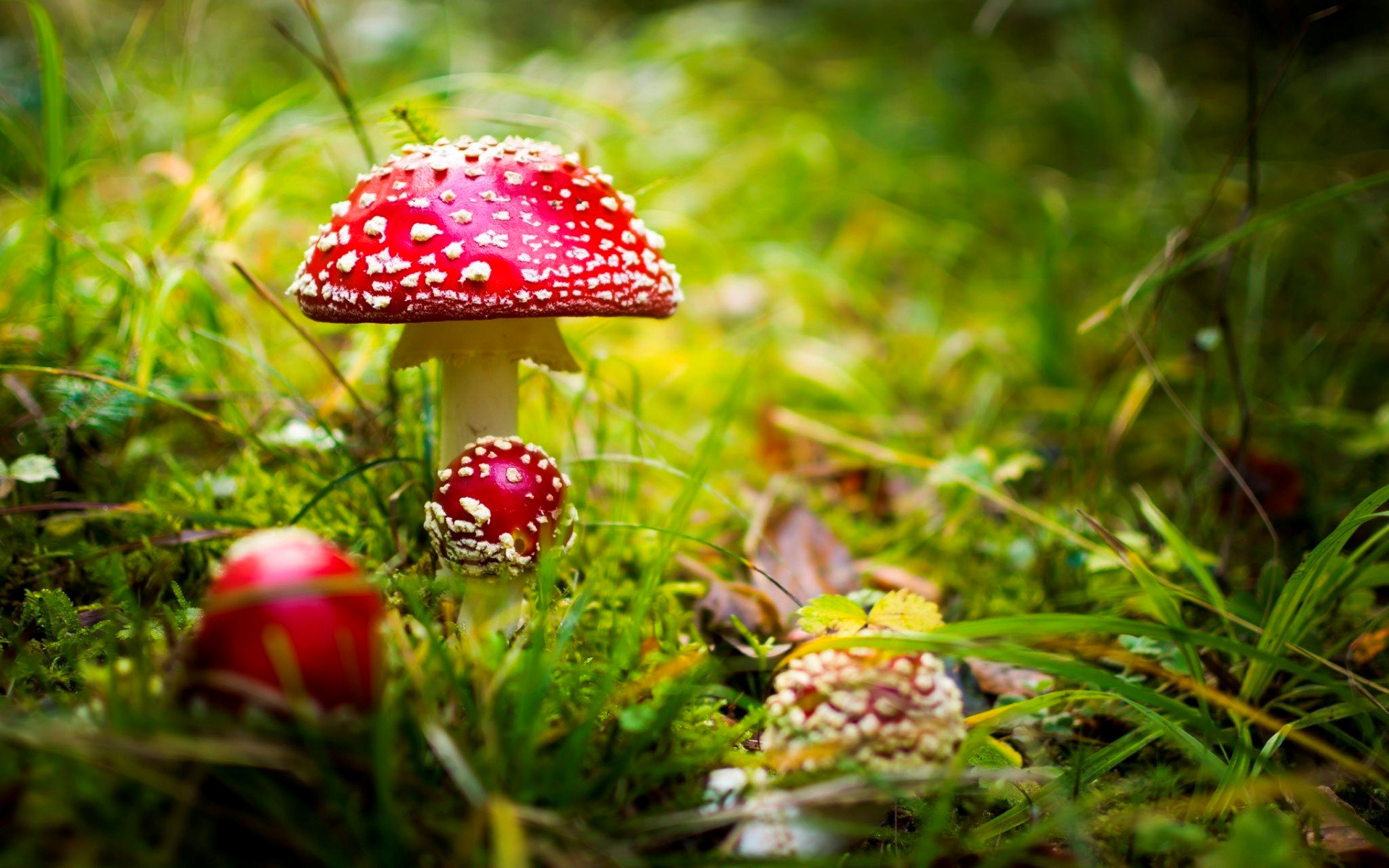In the Realm of Fly Agaric: Separating Truths and Myths Surrounding Amanita Muscaria
The fruiting bodies of the fly agaric appear from June to November. It is a type of mushroom that is relatively easy to come across in Polish forests. When we see it, we often wonder – what happens after consuming the fly agaric? Is it really as poisonous as commonly believed? If so, how can it be distinguished from other species? Answers to these and other questions can be found in the following text. Discover everything worth knowing about the species Amanita Muscaria.
Amanita muscaria – Biology and Distribution
The fly agaric, also known as Amanita muscaria, belongs to the family Amanitaceae. Due to its frequent appearance in popular culture, it is one of the most widely recognized species. It can be found in most children’s fairy tales, books, and even in stained glass, paintings, or markings related to mushrooms or toxic species in general.
A mature fly agaric has a long, white stem and a red cap with white spots, which can reach sizes of up to 20 cm. Interestingly, the shape of its cap changes with age. In growing individuals, it is round, then semi-circular, and later becomes flat and concave in the middle. The spots are remnants of the whitish veil in young mushrooms. Its characteristic feature, which often helps distinguish it from other fly agarics, is its smooth surface. It becomes scalloped only in very mature individuals.
The lower part of the cap is covered with densely spaced gills – most often white, but they can also have the color of broken white, cream, or even yellowish. The fly agaric has a stem that reaches up to 3 cm in thickness and has a bulbous base. It is a very common mushroom in Poland and Central Europe. It also occurs in warmer regions as it has been spread by humans and does not require specific conditions to survive. It grows in all types of forests found in the northern hemisphere – mixed, deciduous, and coniferous. It is not harmful to trees and lives in a kind of symbiosis with them. It is more commonly found in small groups of several individuals rather than alone.
What to do to avoid mistaking the fly agaric (Amanita muscaria) for other species? Pay attention to:
- White spots, remnants of the veil from earlier stages of development for each of the mushrooms.
- The color, which can range from intense red to yellowish-orange.
- The fact that Amanita muscaria is quite fragile, usually odorless, and has a mild taste.
- It has densely spaced gills of small size.
- It lacks a distinctly marked volva, but around the base, you can observe swellings resembling roots.
- During and after rain, the surface of the cap becomes sticky and moist.
- Its ring is intensely white or alternatively – white-yellow.
It is important to remember that there are quite a few species of fly agarics, and they can be easily confused. Moreover, mushrooms differ significantly at various stages of development. Their shape, cap diameter, stem thickness, color, distribution, size, and color of spots change at different stages.
What does the red fly agaric help with?
In the Middle Ages, it was used for certain skin problems and conditions such as hand tremors. It was used only in homeopathic doses. Although there are no sources on the medicinal properties of Amanita muscaria, in natural medicine, it is attributed with actions such as:
- Reducing neuropathic pain or pain of unknown origin.
- Opening the mind, improving emotional perception, strengthening feelings towards loved ones.
- Alleviating stress, related ailments, and inducing a sense of euphoria.
In some sources, information can be found about the soothing and calming effects of Amanita muscaria. However, experts and doctors claim that regardless of whether consumed in small or large doses, the red fly agaric has no therapeutic effect. It can only induce symptoms somewhat similar to those experienced after consuming LSD and other psychedelics. Furthermore, a documented case exists where an individual consuming Amanita suffered from paranoid psychosis. Despite the theoretical expectation that the red fly agaric should fully leave the body within 24 hours after consumption, symptoms persisted for several days.
Red fly agaric in the form of an externally applied tincture may have medicinal properties. It is attributed with antibacterial, anti-inflammatory, analgesic, and anti-edematous effects. Applied to the skin, it may help resolve certain dermatological issues, accelerate wound healing, and ease the lives of patients with eczema. However, due to the availability of much better remedies, red fly agaric is not typically used even in external applications.
The secret to the Amanita muscaria experience lies in muscimol, the mushroom’s main euphoric compound that effortlessly transports mind and body into a state of pure bliss, providing deep relaxation and vivid, captivating dreams. What results is a new you filled with inspiration, drive, and self-assurance. Are you ready to embark on a transcendental adventure like no other? Explore the transformative potential of Amanita muscaria for yourself – https://amanita-cz-pl-lt-uk-usa.com/ and embark on a journey of self-discovery!

